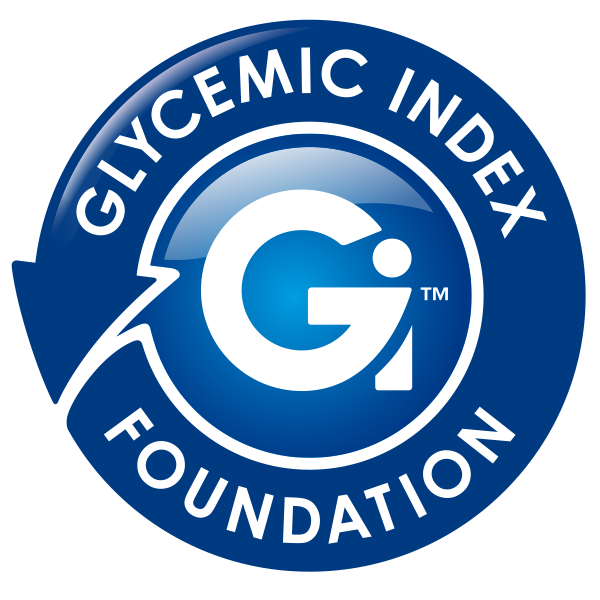Did you know the Mediterranean diet is one of the world’s oldest and healthiest eating patterns and is associated with a reduced risk of various lifestyle related diseases? The style of eating is also linked to longevity making it one of the best diets as we age. So what makes up a Mediterranean diet?
-
A high consumption of cereals, legumes, nuts, vegetables and fruits
-
A relatively high fat intake, mostly provided by olive oil
-
A moderate to high fish intake
-
Poultry and dairy products consumed in moderate to small amounts
-
A low consumption of red meats and meat products
-
A moderate alcohol intake, usually in the form of red wine
Similarly, a low GI diet focuses on eating fresh whole foods such as low GI legumes and grains, nuts and a wide variety of fresh and seasonal fruits and vegetables. It also features fish, eggs, lean red meat and chicken as well as healthy fats such olive oil.
The similarities between the two are undeniable, and in fact, there’s ways to make the Mediterranean diet even healthier by adopting some practices from a low GI diet, according to world-renowned GI expert, University of Sydney’s Charles Perkins Centre Professor, Jennie Brand-Miller:
-
Use wholegrain, low GI cereals
-
Use extra-virgin olive oil, canola oil or other oil rich in alpha-linolenic acid
-
Increase the consumption of fatty fish
-
Eating nuts daily
-
Reduce sodium (salt) intake
-
Moderate consumption of wine with meals
If you want to try incorporating more low GI, Mediterranean-style foods into your diet, consider these for your next shopping trip.
We also have a 7 day low GI Mediterranean eating plan packed with delicious recipes which you can access for free.


